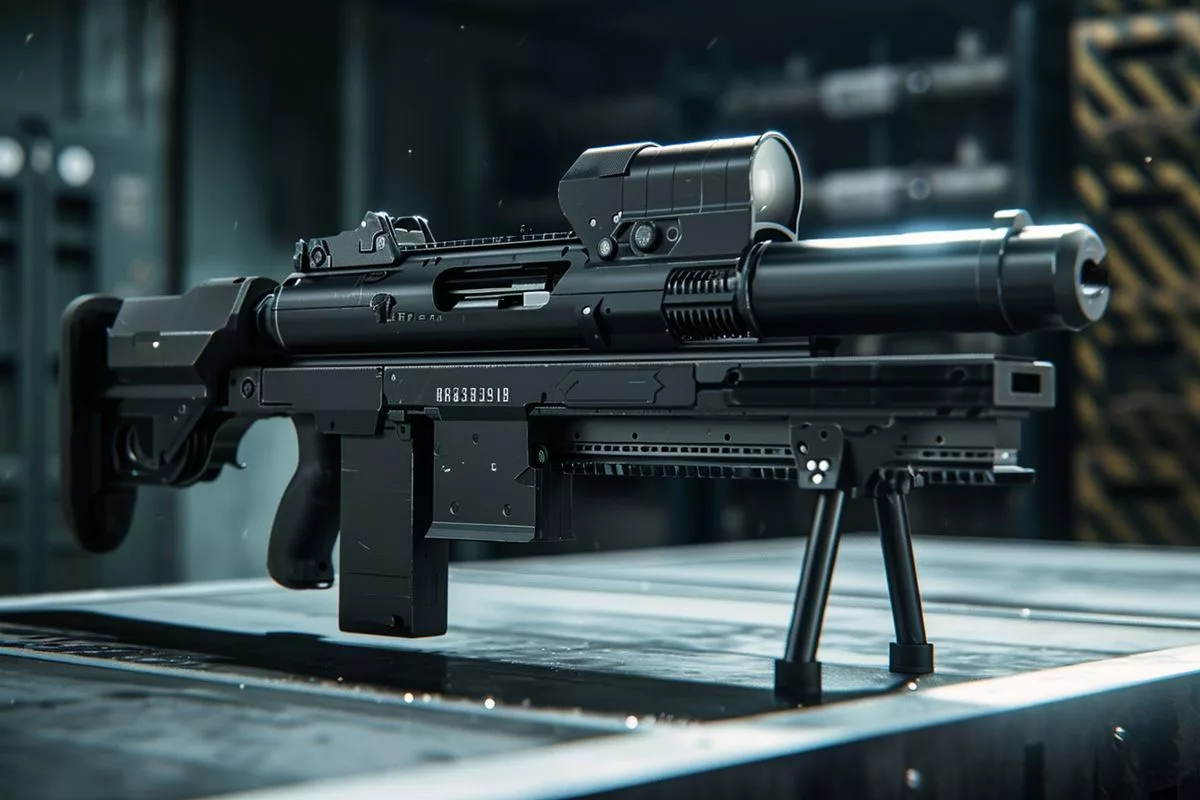Law enforcement agencies are now using immersive training simulators to train officers in making instantaneous decisions on the lawful application of force. The 180-degree firearm simulator is a groundbreaking training tool that provides officers with diverse scenarios to hone their skills and decision-making capabilities. It replaces live ammunition used for training with templates, reducing operational costs. This technology marks a bright future for law enforcement training, forming a bridge between classroom instruction and practical field experience.
Technology Ushering in a New Age of Law Enforcement Training
Law enforcement agencies are increasingly using immersive training simulators to train officers in making instantaneous decisions on the lawful application of force. The 180-degree firearm simulator is a remarkable stride in personnel training, providing officers with diverse scenarios to hone their skills and decision-making capabilities. This groundbreaking training tool marks a first for sub-Saharan Africa and facilitates customized scenarios specific to local law enforcement environments. The simulator enhances realism through specially modified firearms and replaces live ammunition used for training with templates, reducing operational costs.
Law enforcement agencies are increasingly leaning on technology to revolutionize their training approaches. The newest tool in their arsenal is an immersive training simulator that plunges officers from the city’s trio of enforcement services into high-intensity simulated environments. The crux of this novel innovation is to enable officers to make instantaneous decisions on the lawful application of force, a skill that is central to their daily operations.
The Revolutionary Firearm Simulator
The Safety and Security Directorate takes great pleasure in introducing the 180-degree firearm simulator, a remarkable stride in personnel training. This simulator submerges the officer into the heart of action, as large screens around them create a 360-degree environment laden with diverse scenarios, akin to a high-stakes video game.
This simulator is already equipped with over 950 scenarios, and each officer is expected to interact with a plethora of elements designed to hone their skills and decision-making capabilities that they will require in their field operations. Top law enforcement agencies across the globe have always held simulators in high esteem as a training instrument. The ability to simulate conflict situations that may develop within seconds in real life enables officers to experience and understand the legal use of force or effective de-escalation techniques through commanding voice instructions.
The Importance of the Innovative Training Tool
The procurement of this groundbreaking training tool marks the realization of a long-standing objective for the Safety and Security Directorate. It also marks a first for the region of sub-Saharan Africa. The Directorate is thrilled that years of meticulous adherence to procurement practices have finally borne fruit.
You might be curious to know the necessity of such technology. To understand this, we must delve into the Criminal Procedure Act (Act 51 of 1977). According to this act, in South Africa, enforcement officers are required to first evaluate a situation before they can legally employ lethal force. This evaluation involves assessing whether an attack is imminent, unlawful, or whether it can be averted through means that do not involve lethal force.
The tremendous onus of making such decisions lies with the enforcement officers. To augment their decision-making skills and their level of professionalism, the Directorate believes that the simulator will be an invaluable resource.
Furthermore, the simulator facilitates the creation of custom scenarios that are specific to each local law enforcement environment. This feature ensures that the training provided by the device is directly relevant and practical for every officer who uses it.
Unique Features and Future Plans
A distinctive feature of the simulator is its specially modified firearms. These imitation weapons mimic the exact appearance and feel of the weapons employed by the enforcement personnel, enhancing the realism of the training. The simulator also trims down operational costs, as it replaces live ammunition used for training with templates.
With the first simulator already in operation and training of dedicated operators in progress, a second simulator is expected to be in service within the next 12 weeks. The total cost of the simulator solution, including installation and two years of support from the service provider, amounts to R9 million.
This quantum leap in technological advancement indicates a bright future for law enforcement training, forming a bridge between classroom instruction and practical field experience. The immersive 180-degree firearm simulator stands as a bold statement of the Safety and Security Directorate’s dedication to arming its staff with advanced training tools that will boost their professionalism and guarantee the safety of the city. This innovative approach forecasts a bright future for law enforcement agencies worldwide, as they continue to harness technology in their mission to uphold law and order.
What is the 180-degree firearm simulator?
The 180-degree firearm simulator is an innovative training tool used by law enforcement agencies to train officers in making instantaneous decisions on the lawful application of force. It provides officers with diverse scenarios to hone their skills and decision-making capabilities.
How does the simulator replace live ammunition used for training?
The simulator replaces live ammunition used for training with templates, reducing operational costs.
What is the importance of the innovative training tool?
The tremendous onus of making decisions on the lawful application of force lies with law enforcement officers. To augment their decision-making skills and their level of professionalism, the simulator will be an invaluable resource. Furthermore, it facilitates the creation of custom scenarios that are specific to each local law enforcement environment, ensuring that the training provided by the device is directly relevant and practical for every officer who uses it.
What is the cost of the simulator solution, including installation and support?
The total cost of the simulator solution, including installation and two years of support from the service provider, amounts to R9 million.
What is a distinctive feature of the simulator?
A distinctive feature of the simulator is its specially modified firearms. These imitation weapons mimic the exact appearance and feel of the weapons employed by the enforcement personnel, enhancing the realism of the training.
What does the future hold for law enforcement training with the immersive 180-degree firearm simulator?
The immersive 180-degree firearm simulator stands as a bold statement of the Safety and Security Directorate’s dedication to arming its staff with advanced training tools that will boost their professionalism and guarantee the safety of the city. This innovative approach forecasts a bright future for law enforcement agencies worldwide, as they continue to harness technology in their mission to uphold law and order.












